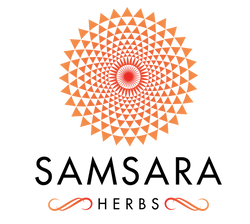What are Biofilms? How to Remove and Prevent Them

Biofilms have been called the “unseen protectors” of Lyme disease in the body. This is because biofilm is a protective mechanism of bacteria in the body. In the case of Lyme disease, this means B. burgdorferi (the bacteria that causes Lyme) can actually form a kind of protective housing in order to prevent itself from being eliminated, even with long term antibiotic use.
Biofilms are the most common culprit in illnesses like chronic Lyme, or situations where Lyme resurfaces after antibiotic treatment. Indeed, many studies have found that “antibiotic resistance and the reoccurrence of Lyme disease are associated with biofilm-like aggregates in B. burgdorferi, B. afzelii, and B. garinii.” (Source)
In other words, biofilms are a protective coating that allow harmful bacteria like those that cause Lyme to persist in the body, even during/after antibiotic treatment.
How Are Biofilms Created?
In order to understand how to eliminate biofilms, we must first understand how they’re created in the first place. Essentially, biofilms are formed when microorganisms adhere in a moist environment, and begin to reproduce. This means that biofilms don’t just occur in the human body. Wherever moisture, bacteria, and surfaces coexist, biofilms will likely form and be found eventually.
The microorganisms in a biofilm excrete a sticky, glue-like substance that allows them to bind together for added protection. These sugary molecular strands (or "extracellular polymeric substances") are what hold the biofilm together so strongly, and allow them to resist attacks that would otherwise destroy singular cells or bacteria that aren’t part of a biofilm.

How Can Biofilms Be Eliminated?
The most effective way to combat biofilms is to disperse the biofilm colony, and remove the binding that they have created. The two main ways to do this are through 1) mechanical/physical force, or 2) tricking the cells into dispersing themselves and “unbinding.”
The first option is the most popular, but it's only effective when the biofilm is easily seen and accessible on a physical service. For example, dental plaque is a very common biofilm and is typically removed from the teeth using this method; i.e. by physically scraping or picking it off the surface of the tooth.
Since the biofilms involved with Lyme or other bacterial illnesses are deep within the body, physically removing them is not really an option. Instead, the cells of the biofilm must be tricked into dispersing themselves from each other.

Dental Plaque is a common biofilm
Introducing: An All-Natural Biofilm Buster
Many biofilm formulas designed to break up these colonies of bacteria feature harsh or intense chemicals. However, there are plenty of natural compounds with anti-bacterial and anti-inflammatory properties can help break up biofilms more holistically.
That’s why we at Samsara Herbs developed a much gentler, all-natural herbal biofilm buster. Our biofilm formula combines 5 potent herbal extracts known to be natural biofilm disruptors: Terminalia chebula, Zedoaria, Sparganium, Turmeric, and Stevia. Together, these herbs compliment each other and may support the health of the immune system, so that biofilm activity can be weakened naturally.
The Next Step
Now you know what biofilms are, how they're created, and natural ways to break them up and eliminate them. Even though biofilms protect potentially harmful bacteria in the body, there are solutions to weaken biofilm activity naturally, such as our biofilm busting formula. You can read more about it here.




